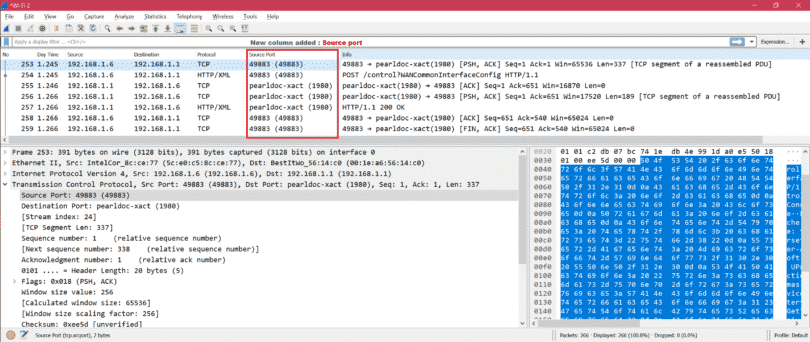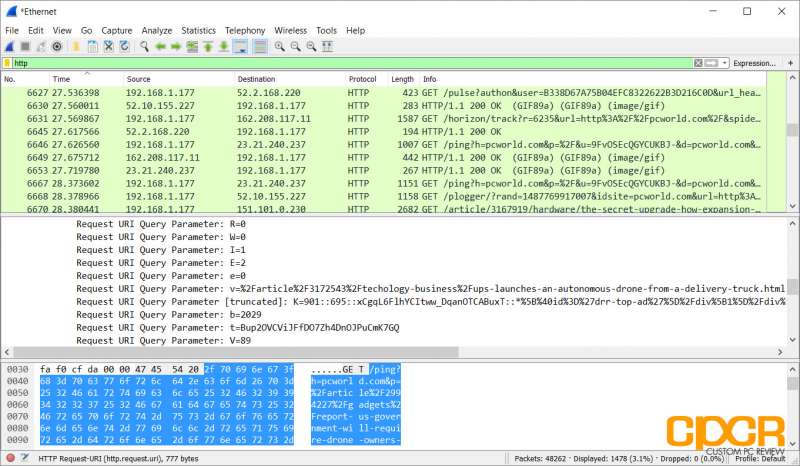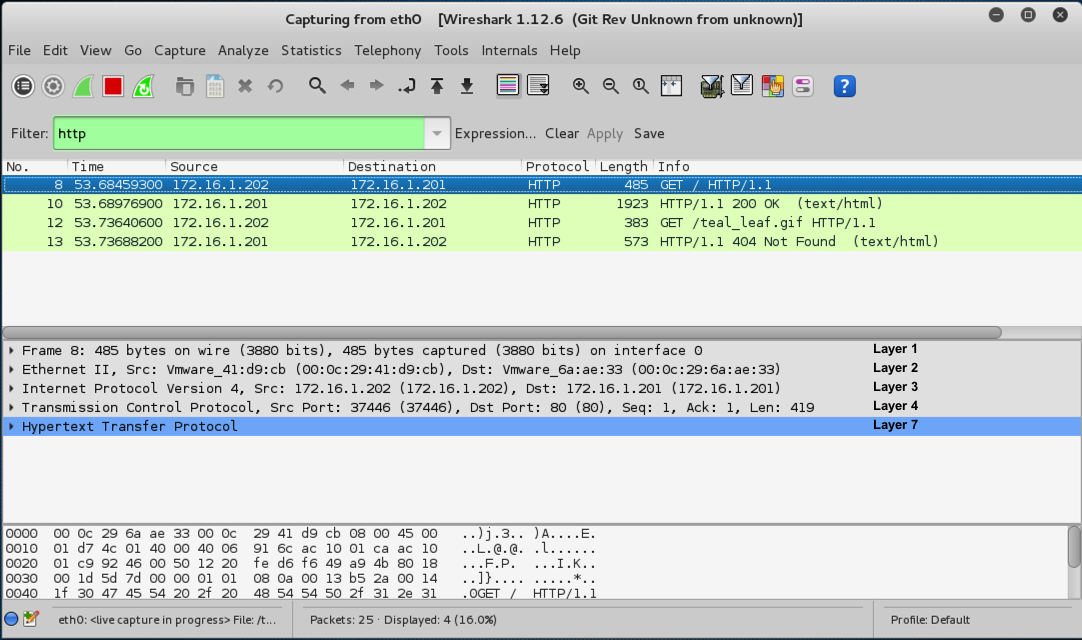

Access points (APs) continuously send out beacon frames which are picked up by nearby WLAN clients, advertising their SSIDs and data rates.Maximum signal strength, you are probably standing right next to the access point.īased on 802.11 specifications, the client authentication process consists of the following: Reliable signal strength– the edge of what Cisco considers to be adequate to support Voice over WLANĪnything down to this level can be considered excellent signal strength. This information is useful for determining the expected quality of the signalĬhances of connecting are very low at this level Signal strength: Signal strength indicates the power level in dBm at which the sniffing adapter received the packet.Data rate: To understand why data transmissions don’t always make it from a transmitter to receiver, you must know what data rates are being used.If your intention is to get a capture focused on a specific AP, then lock your capture to that AP’s channel, and validate that the capture was on that channel Channel (frequency): As a wireless LAN may support anywhere from 3 to 25 different channels, it’s crucial to know exactly which channel(s) your capture was taken from.Some important physical layer values you need to be aware of are channel, data rate, and signal strength. It is important to get an understanding of the physical layer of the capture before diving into the capture to analyze the upper layers. Unlike wired packet analysis, the wireless physical layer is more complex. There are several important considerations, like the ever-evolving 802.11 wireless protocol, wireless signal interference, and the continuous sniffing for wireless packets in your radio environment. This document will discuss the analysis of wireless packets and challenges in analyzing them, with the help of packet capture examples. There are multiple considerations in wireless communication which make it different as compared to wired packet captures. Wireless packet captures are an important part of troubleshooting complex wireless connectivity issues. This document can be a good tool to reference if you have acquired wireless packet captures and need to analyze them. The main purpose of the document is to give an understanding of the 802.11 packet structure and how to analyze wireless packet captures.


Monitor Mode for Wireless Packet Captures.


 0 kommentar(er)
0 kommentar(er)
